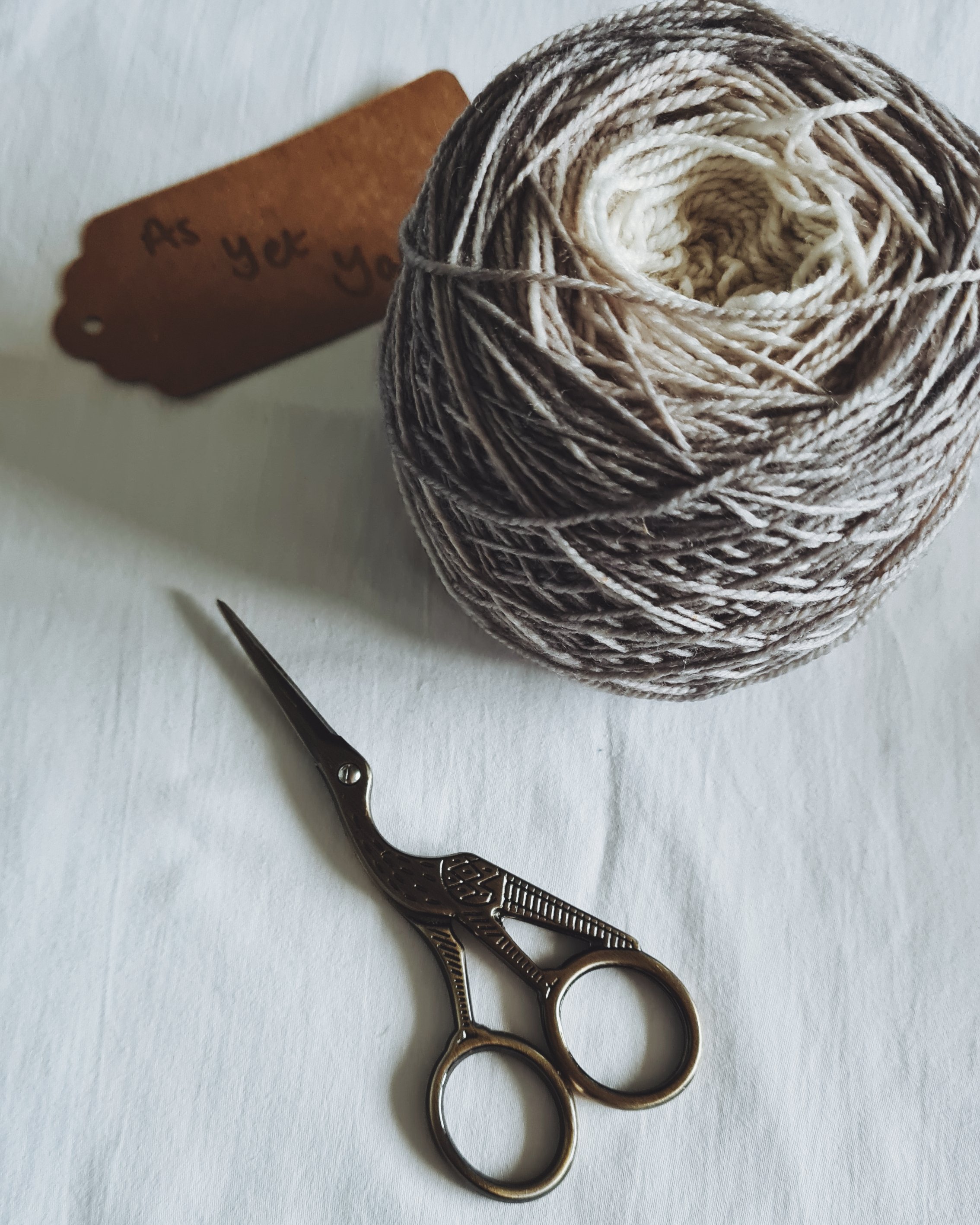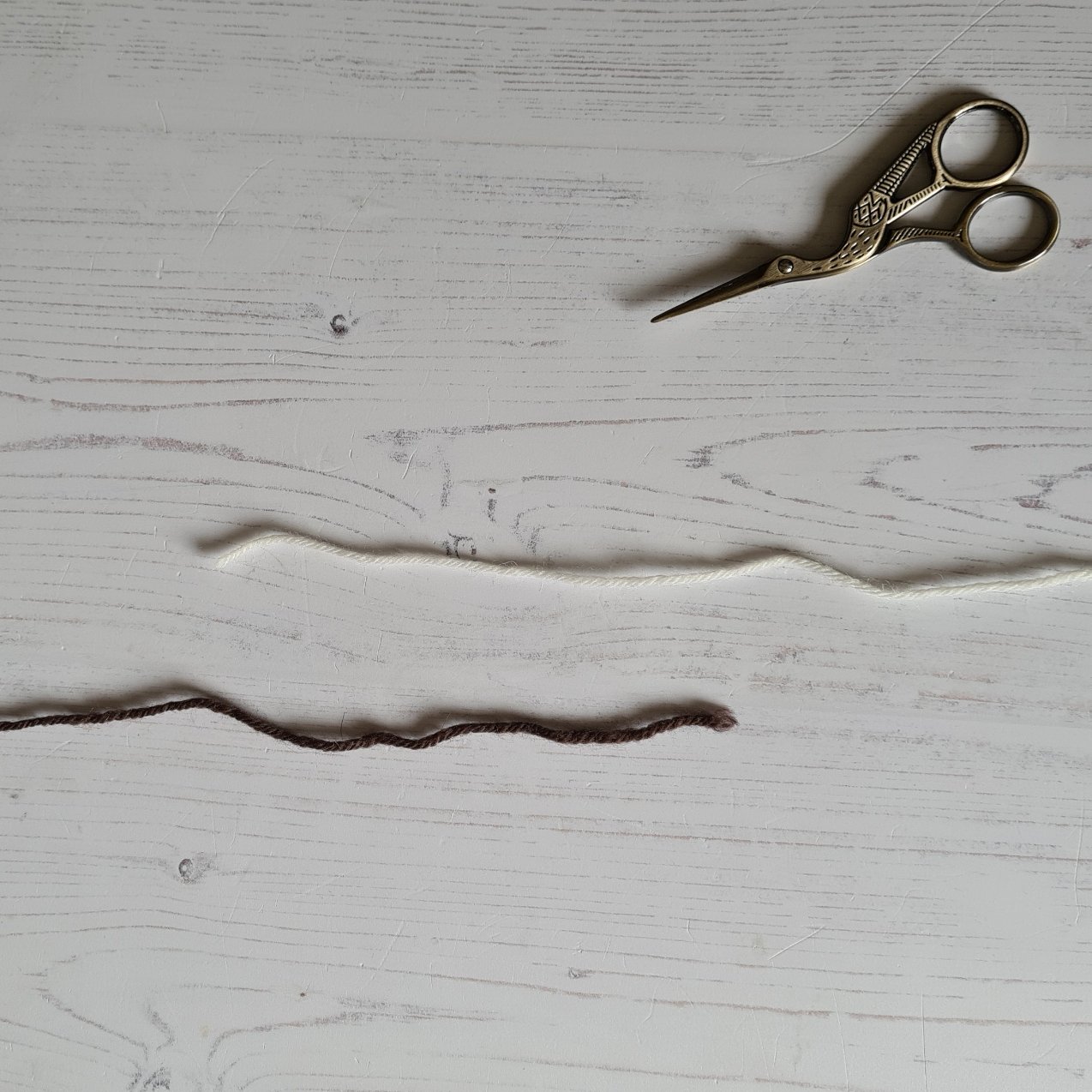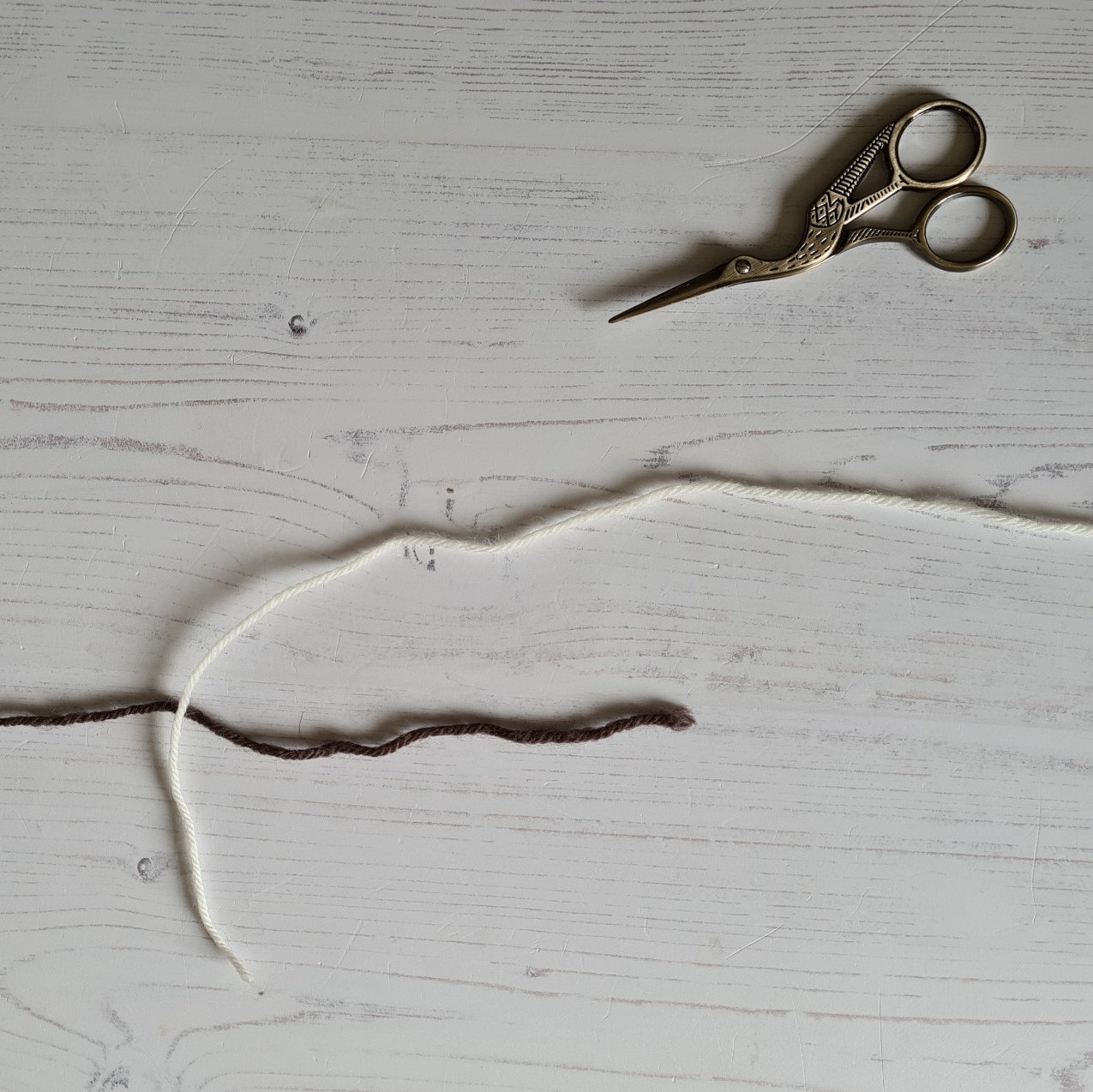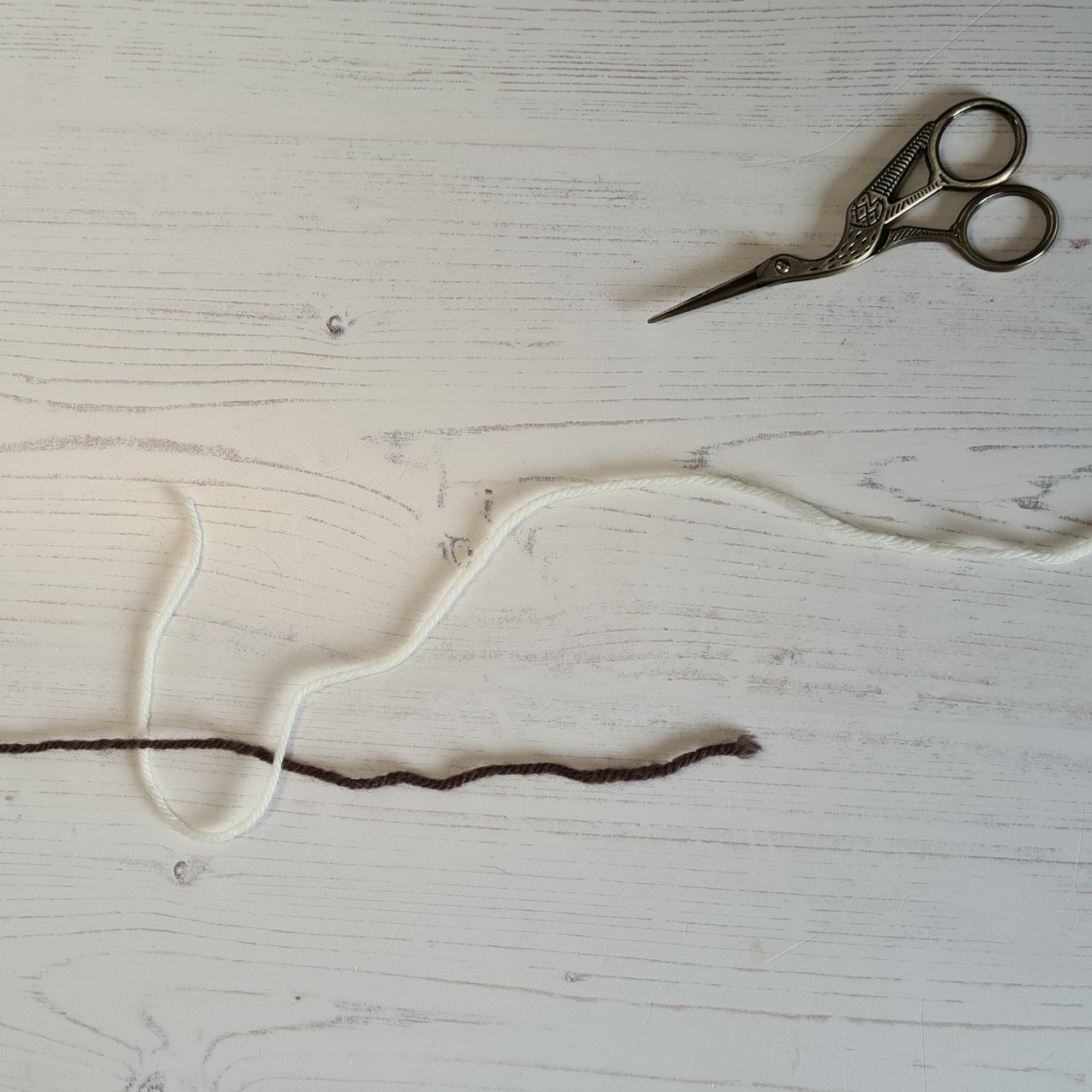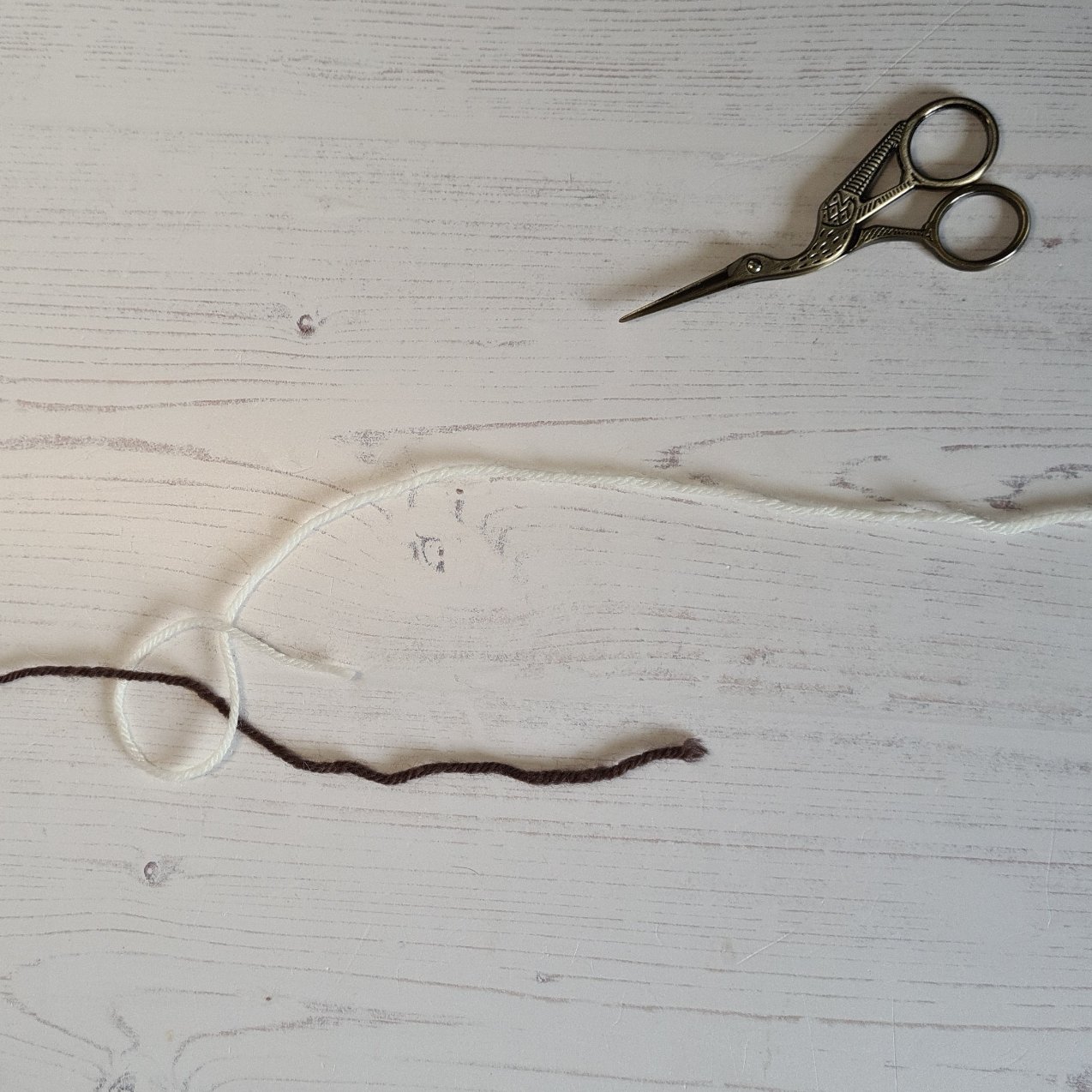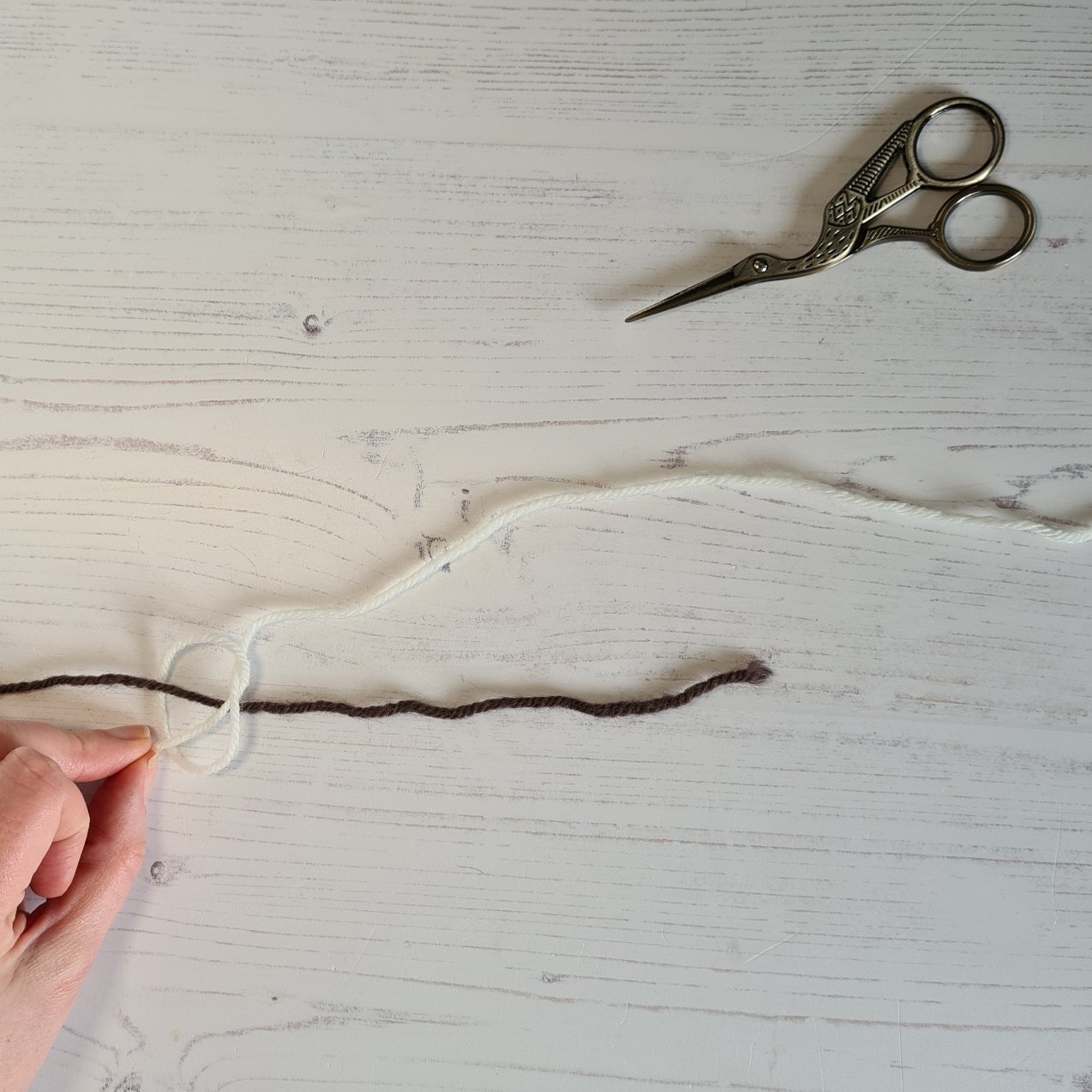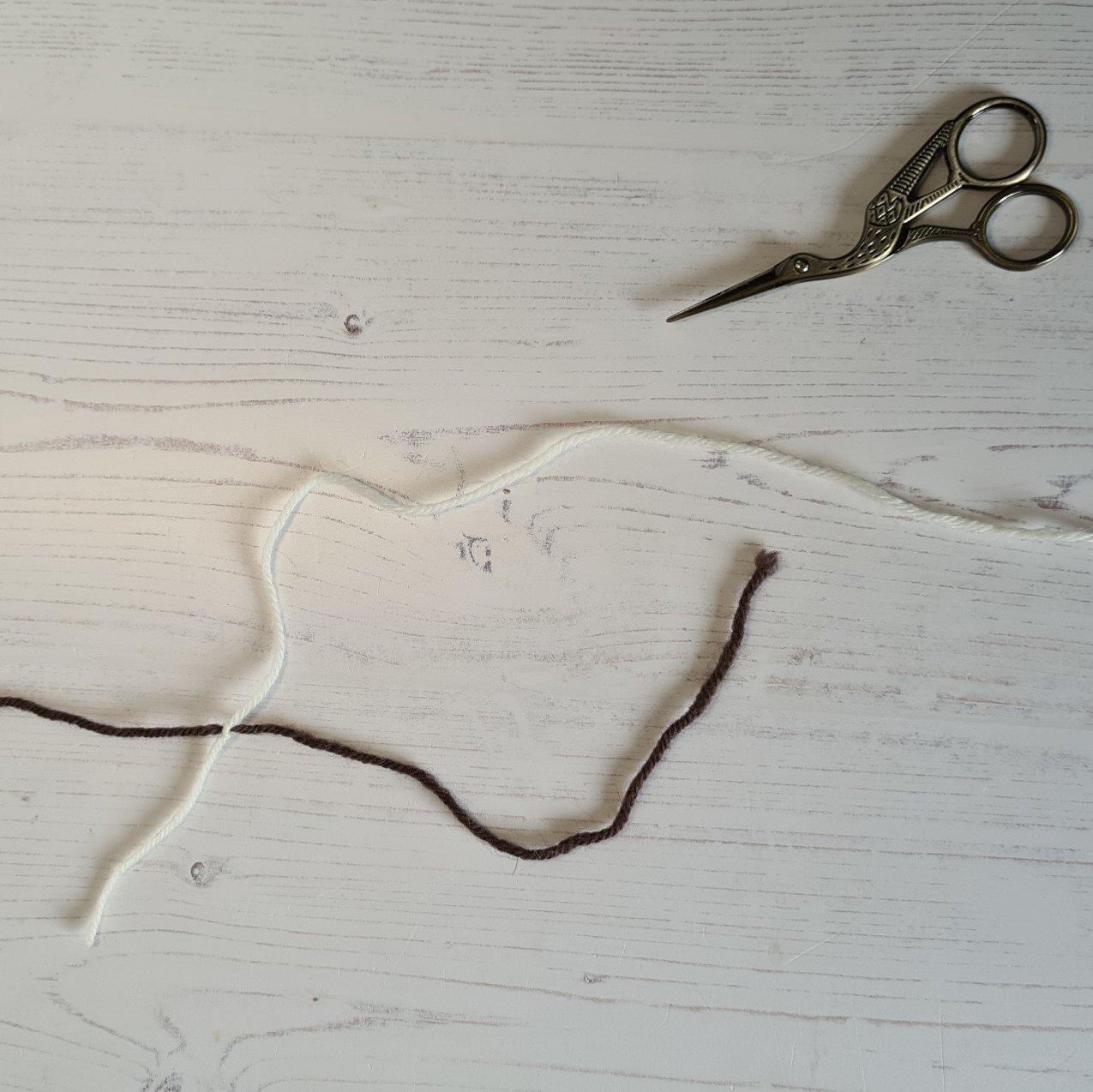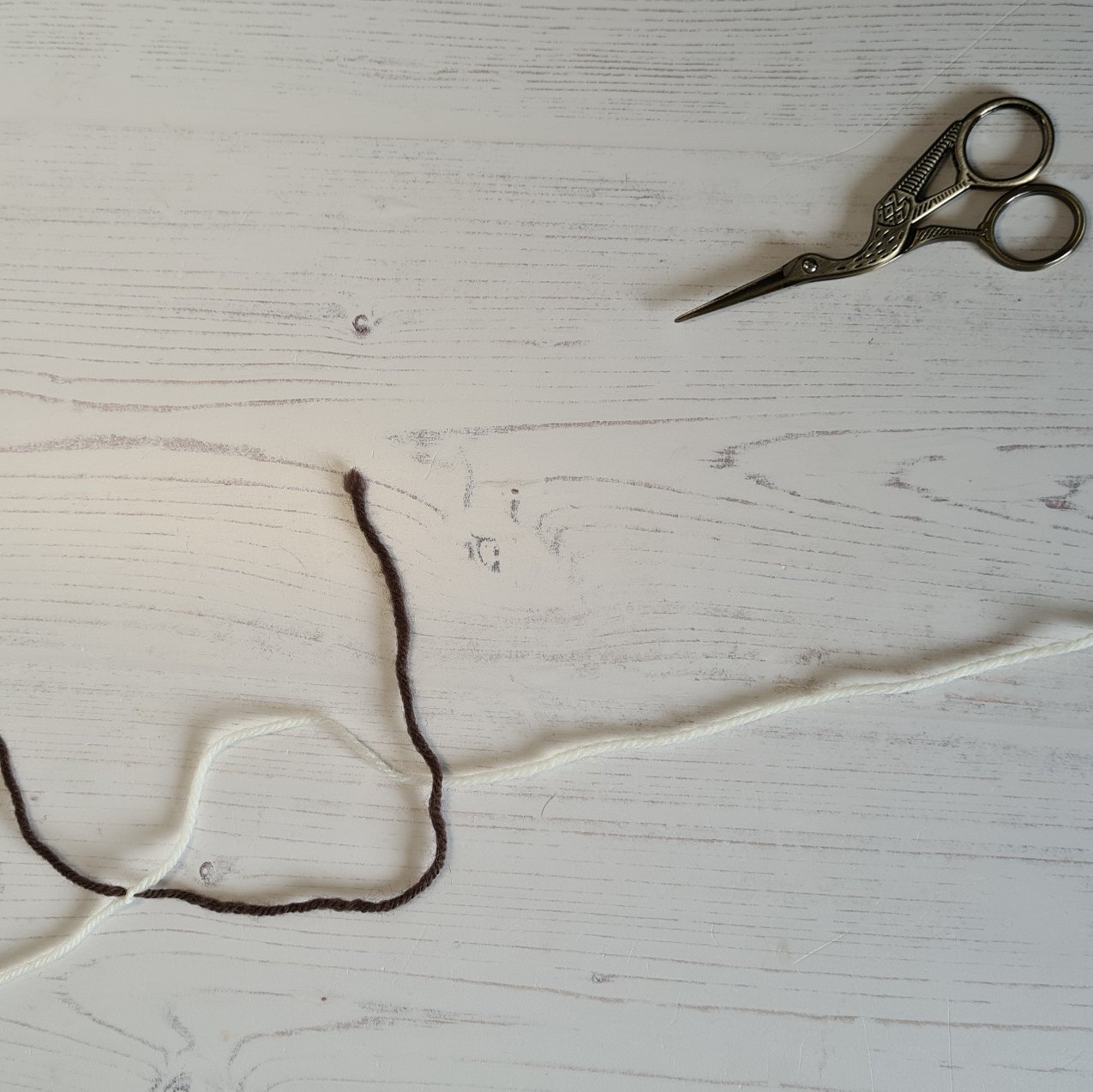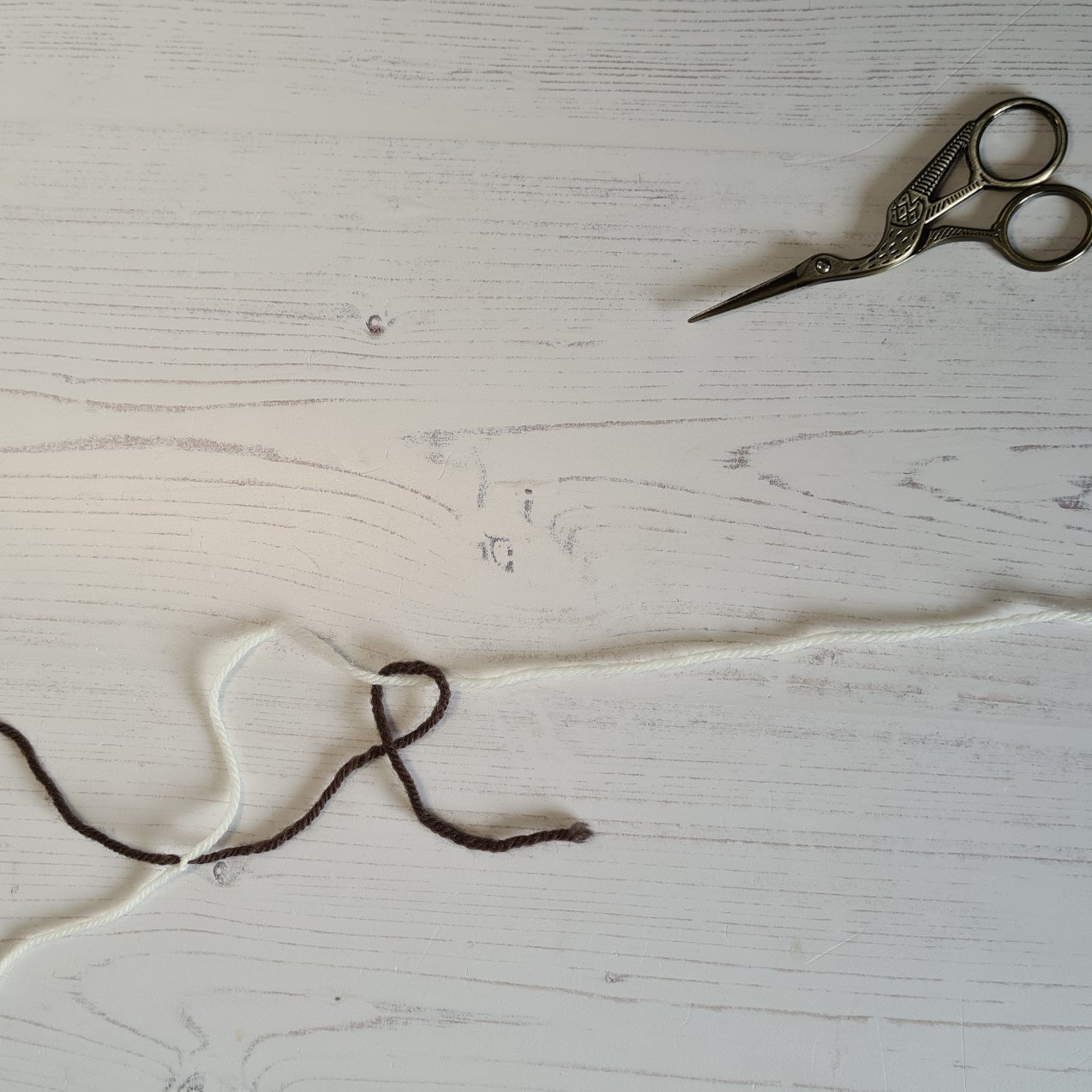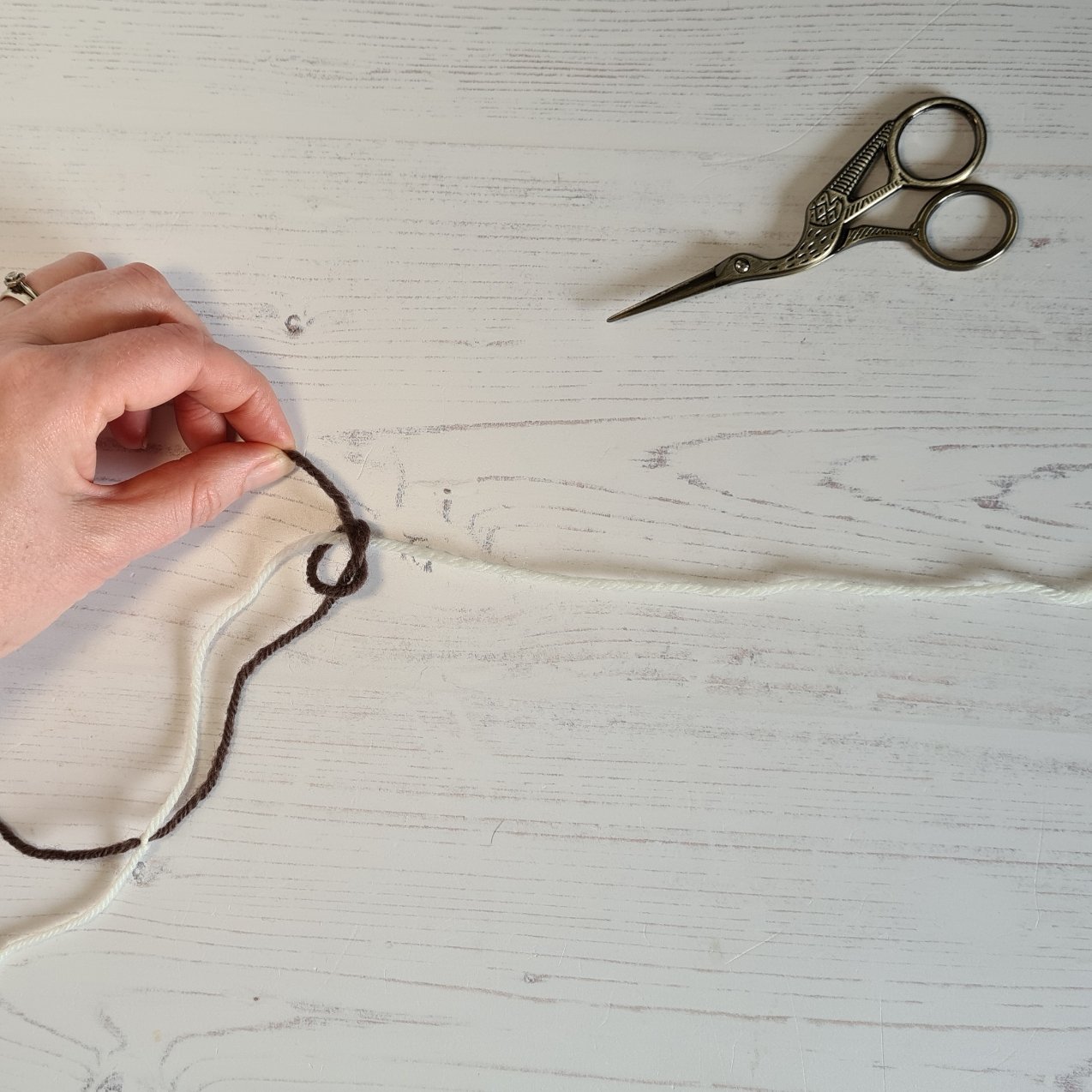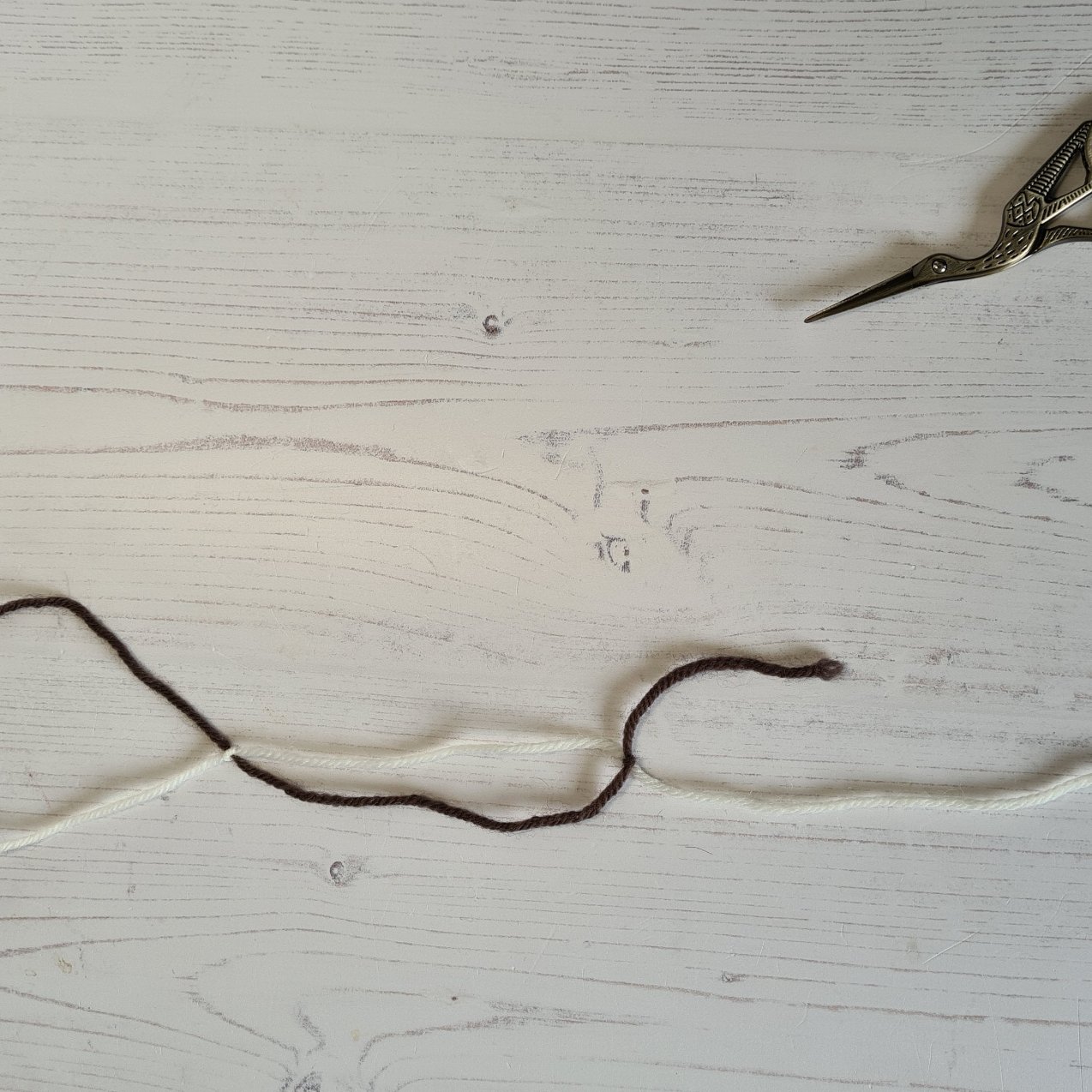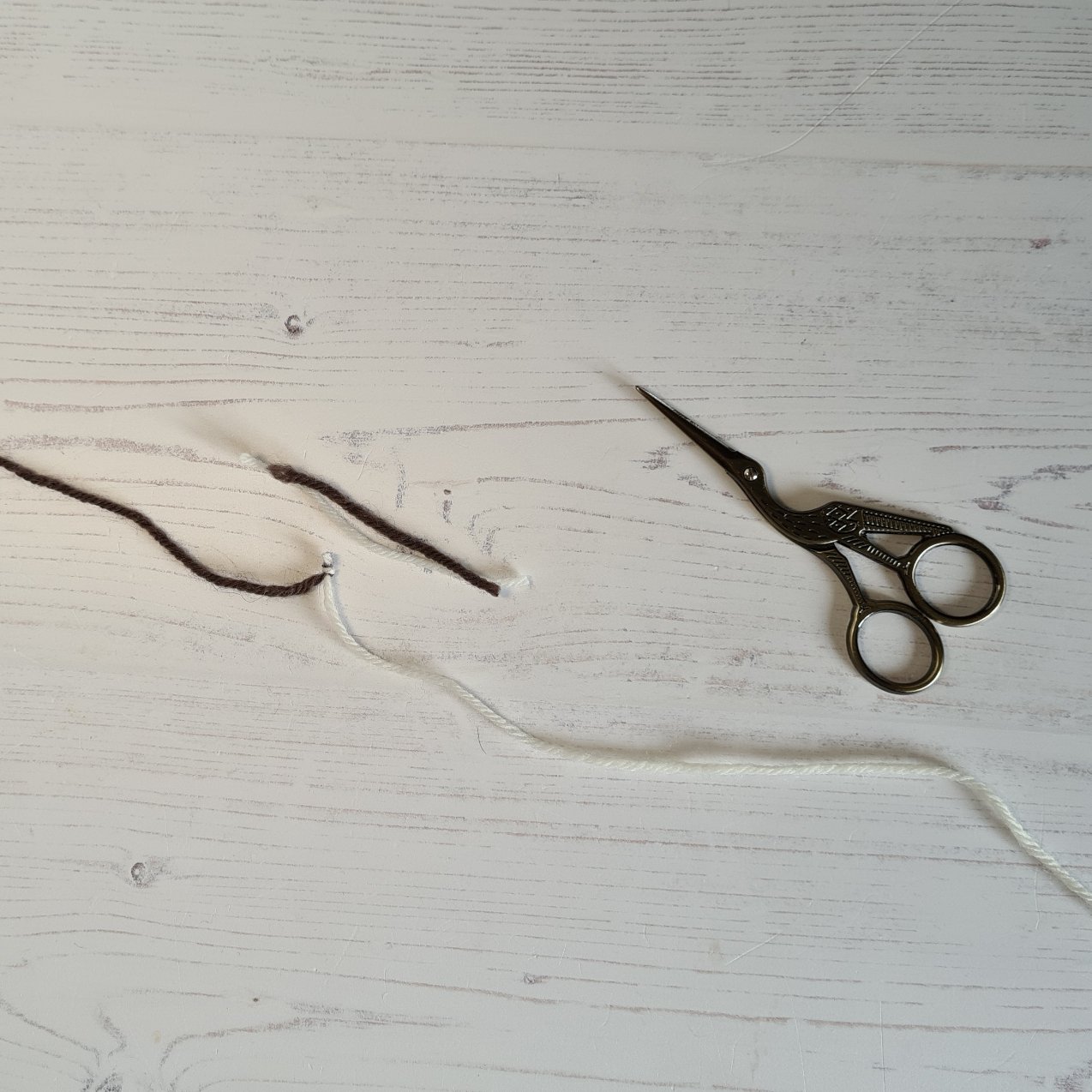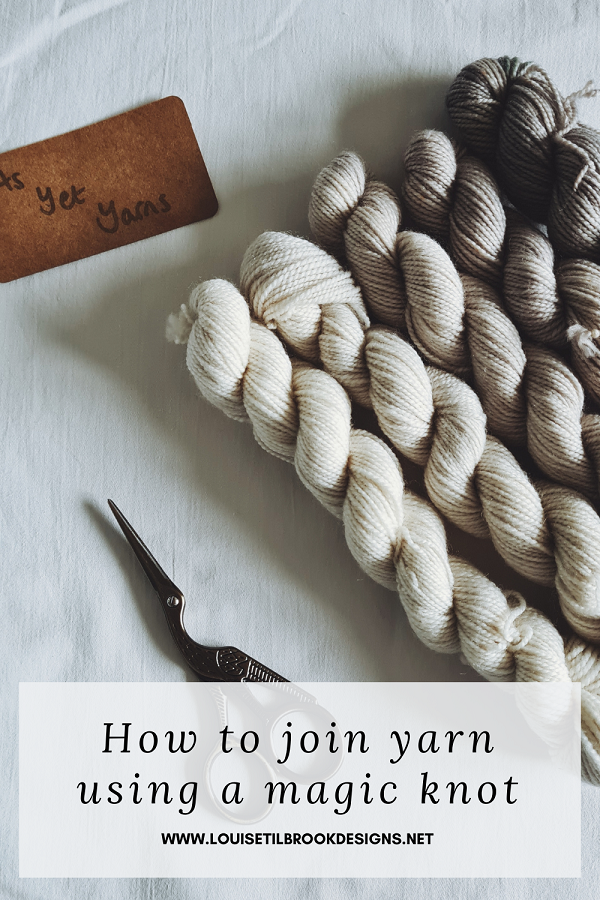If you are a keen shawl knitter, it’s a good bet that you have knit shawls in a number of different ways - top down, asymmetric, maybe a Pi shawl or two. But the humble sideways knit shawl is often overlooked - unfairly in my opinion as it’s really one of my favourite ways to knit a shawl.
If you like to finish a shawl with minimal leftovers - maximising a lovely skein of sock yarn - and you don’t mind a bit of yarn weighing along the way then a sideways shawl might be just the thing.
Typically a shawl knit sideways starts with just a few stitches and increases on every right side row to form a triangular shape. By marking off a few edge stitches with a stitch marker it is possible to work a decorative border as you go - the stitch count in this portion remaining the same, and with the increases happening in the body of the shawl.
To achieve a basic triangular shape you simply work until you’ve used approximately half your yarn, then you start to decrease rather than increase.
The result? A bucket-load of motivation as you progressively have fewer and fewer stitches to work on, and a satisfyingly small amount of yarn leftover.
Depending on the yarn involved I’ve found that garter stitch tends to work best for the body of the shawl. It won’t curl no matter what you do to it and it tends to stretch a lot when blocking - giving you that all important length. No one likes a skimpy shawl after all.
In case I’ve tempted you to give a sideways shawl a whirl - a few of my sideways-knit shawls include:






